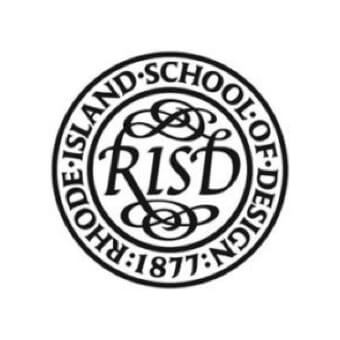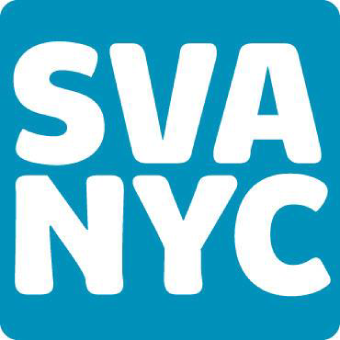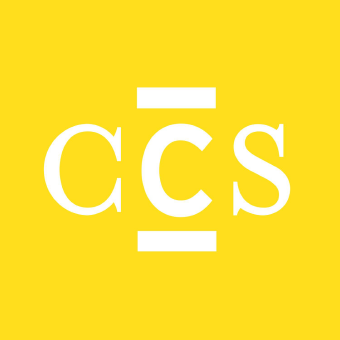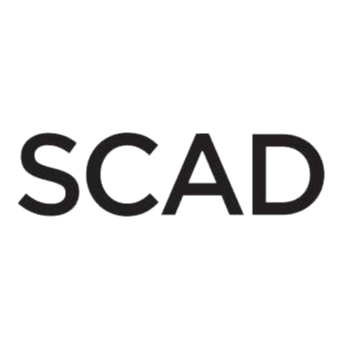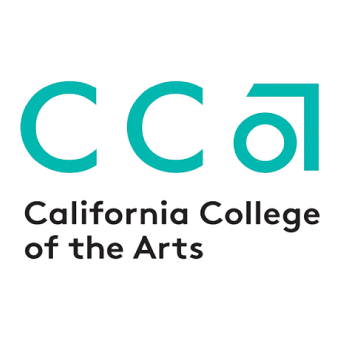A student of Visual Arts receives a multidisciplinary approach to education with an emphasis on their chosen specialty area. Specialization classes include 3-D modeling, animation, drawing, sculpture, video, electronic art, photography, and painting; just to name a few. Careers in visual development include art director, production artist, character designer, vector artist, matte painter, set designer, and concept artist.
The Best Visual Art Schools in the U.S. for 2019
Pablo Picasso, Andy Warhol, Vincent van Gogh, and Georgia O’Keeffe all have something in common… they are all visual artists, and rank among the most influential visual artists of all time. That said, all fine art, including sculpture, paintings, drawings, printmaking, graphic art, architecture, book illustration, and calligraphy, and are also visual arts, along with their own influential artists, like Andy Warhol, and M. C. Escher. And, as visual art is an umbrella term for a very board category of art that includes many artistic disciplines from a number of sub-categories, photography, collage, animation, graffiti art, stained glass, and tattoo art must also be categorized as visual art. In other words, visual art is creations we can look at.
Our School Rankings
Visual art schools provide students with a forum for self-expression, exploration, imagination, and creativity. Typically, the coursework provides practical experience in painting, drawing, digital imagining, modeling, sculpture, and more, while emphasizing the fundamentals of composition, color, value, shape, line, and form. A major in the visual arts prepares students for further training as an artist, architect or teacher, and for careers in advertising, design, publishing, etc. The best visual arts schools have first-class professors who are or were artists themselves, a proven record of graduate success with alumni practicing in all areas of the visual arts, exceptional value, and high academic standards. On this page, we provide a list of the nation’s best visual art schools, along with guides and links to additional resources for students seeking education or training in a specific area of focus.
How to Choose a Visual Arts School
Choosing a school among the hundreds of accredited colleges and universities, as well as private art schools in the US can be a daunting, anxiety-filled experience. The fact that colleges that offer degree programs in the visual arts are more selective than even a few years ago has increased students’ concerns. Am I a good enough artist? How many schools do I need to apply to before I am accepted? The fact too that costs for a college education are rising, and more and more employers require candidates to hold a degree to be considered for a job, means finding the ‘right’ visual arts school (or a school with a visual arts program) that meets your needs and is in line with your career goals is more important than ever before. But, how do you know you’ve found the right school?
Private vs. Public School Programs
Visual arts schools are typically either specialized institutions (private art colleges) or have programs embedded within a liberal arts college or university curriculum. Of course, there are also community and technical colleges that offer classes in the arts for students who are not yet decided if they want a career in the visual arts, or who will use the knowledge learned as a stepping stone into a bachelor’s program. But, which schools offer students’ the best opportunities after graduation? The quick answer is both.
Private visual arts colleges are an appropriate choice for students seeking a highly-specialized learning environment. Some institutions offer curriculum exclusive to only a few mediums, such as painting or photography, but many offer an ensemble of visual arts classes.
For those who are entering a visual arts program, the most common degree offered by private art colleges is a Bachelor of Fine Art (BFA), which requires the majority of students’ experience be in their arts major, and only a portion spent in general education courses. This allows for a much more intense and focused education and well-connected alumni networks that support current students or recent graduates.
Students attending a private art college usually also know in what direction they are heading upon graduation and what medium they wish to specialize in. Private art colleges typically have smaller campuses, class sizes, and student-to-faculty ratio, which can often mean closer ties to classmates and faculty. While all true, costs to attend a private art school can be much higher than costs to attend a liberal arts college. Do you know your career goals and which visual art program you are most interested in pursuing? If not, you may want to take a few classes first, or attend community college and earn your associate degree before you take the leap into a private school. However, if you have a passion for one type of visual art and are sure of your career goals, a private school that is focused on or related to your singular pursuit, is best.
Public colleges and universities are also an appealing option for many visual arts students. Many liberal arts colleges offer the same degrees as private art colleges, although the focus on gen ed curriculum is greater. A Bachelor of Fine Art consists of more practical studio work and less traditional lecture or discussion classes. For instance, a BFA program will have students spending 2/3 of their time in fine or visual arts courses and only 1/3 of their time in general education or elective classes. Conversely, a Bachelor of Art (the most common undergraduate degree) means that students take more general education classes with less time spent in art class. Most liberal arts colleges, and those with visual arts programs embedded into their curriculum, offer an amazing education, engaging student communities, and superb preparation for the future, at a lower cost than at a private school, generally. Unlike most private schools, liberal arts colleges also offer financial aid, housing, heath care, a food program, and many student organizations and clubs for students who wish to be actively involved. You will also receive a more well-rounded education at a liberal arts college, and they tend to better prepare students for graduate school upon graduation. Are you more interested in a well-rounded education, or more intense and focused curriculum? Is cost an issue? Do you like smaller class sizes, or do larger studio classes provide a better opportunity to learn and share ideas? Does the school you are interested in attending offer classes in the area of visual art you wish to pursue?
What to Expect
Choose a Discipline
As the field of visual arts is so broad, choosing a discipline right up front is important. Do you wish to become a painter and display your artwork in galleries around the world, or instead design buildings as an architect? If you’re uncertain, attending a college that offers a variety of classes in the visual arts may be best. That way, you are more likely to find a medium that becomes a passion or switch to a medium that intrigues you or gives you a direction for your future. It’s estimated that between 20 to 50 percent of students enter college as undecided, and about 75 percent of all students change their major at least once prior to graduation. This is the same for visual arts students.
Course Curriculum
Curriculum varies from program to program and from school to school, but visual art students choosing to earn a BFA can expect to take the majority of courses in studio art. Most programs place a strong emphasis on traditional areas of art, creative development, experimental learning, and analytical thinking – pushing students to explore new directions in the world or art. Coursework will also typically include art history, drawing, painting, sculpture, writing, and visual computing. Some classes will be more specific, such as modern art or contemporary art, or study of the masters. Today, many schools have added digital and video art and popular culture as part of their visual arts curriculum also. Students who choose to attend a liberal arts college as a communications or art student (assuming the school does not have a specific program in visual art) will take a range of courses in the visual arts, along with general courses in English, math, science, etc. Liberal arts colleges that offer a major in visual arts have a much more immersive program, which combines color theory, video, drawing, art appreciation classes, and much more. Ask yourself if the curriculum offers you the opportunity to take a range of art courses? Are there areas of focus, such as contemporary printmaking or 3D digital art? Does the program offer students internship opportunities and hands-on experience in the area of visual art?
Reputation of School and Faculty
It may be true that attending an Ivy League university or private art school might look better on your resume and impress recruiters. But, you can get a great education at a liberal arts college as well, and applying yourself to your studies and doing well is probably more important than the college you attend. However, there are a few things to look for when researching colleges, especially since there is a great deal of competition in the art world, and choosing a highly-regarded school where a degree will provide you an advantage over other applicants is smart. Are the professors trained in the area you wish to pursue? What do alumni say about their experiences? Is the student body motivated to learn? Are they high achievers? Besides highly-valued academics, professors are paramount to a school’s overall reputation. Do you feel they will motivate you to learn and experiment with new technologies and techniques? The connection you make with your professors can also define your time on campus. Professors become mentors, and in many ways, help you make connections and advise you on career options after graduation. And, although having a close relationship with your professors and faculty does not always mean you’ll be at the top of the class, students that do establish a student-professor bond typically perform better in school. In addition to professors, it is smart to review the quality of the visual arts program in general. Does the program offer great opportunities to learn and gain experience, or does it have a mediocre reputation? Look at graduation and freshman retention rates. If you plan to attend graduate or professional school, find out what percentage of graduates pursue an advanced degree. Are the courses you want to take available or are they limited to only a small number of people?
More Factors to Consider
Other things to take into account are opportunities to study abroad, if that’s something you have considered. Studying abroad is a great opportunity that only a handful of students experience, so if that’s something you are considering, find out how many programs are offered, and what countries are included for your particular program.
Review each school’s accreditation, because very often, students who attend unaccredited schools find out they are not eligible for financial aid. Most larger colleges and universities are accredited, but some smaller colleges and online schools are not.
If you’re a social butterfly and want an active student life, look for schools that have a high percentage of on-campus living, and that there’s availability in the dorms or in housing close-by the campus. Does joining sororities or frat houses sound appealing? Then search for a campus with sororities and fraternities that have good reputations.
And, ask yourself where you want to live. Out-of-state? In-state? Close to home or on the other side of the world. Do you prefer a small campus or a large city? Do you want to take the bus or train to school, or walk? Also, be aware of the opportunities for internships or apprenticeships or jobs outside of school that will give you valuable experience. In smaller towns, these opportunities are limited.

